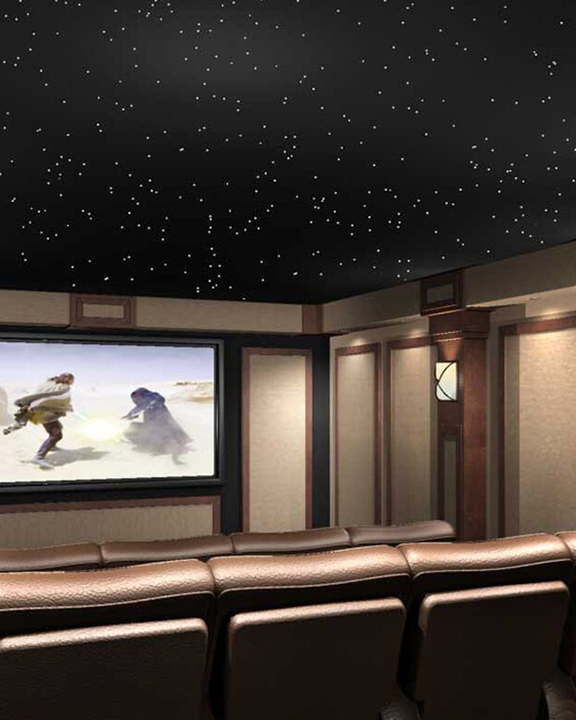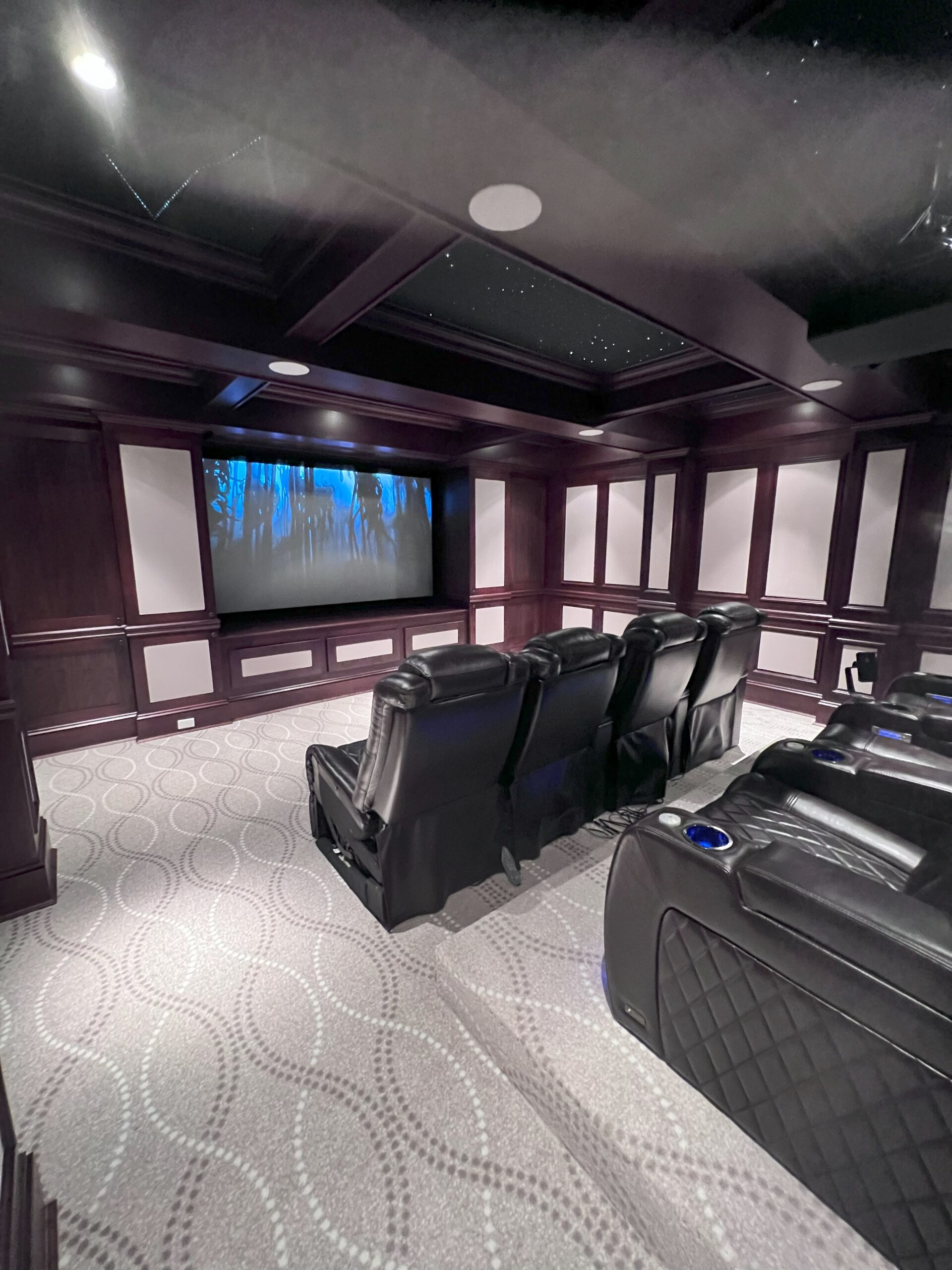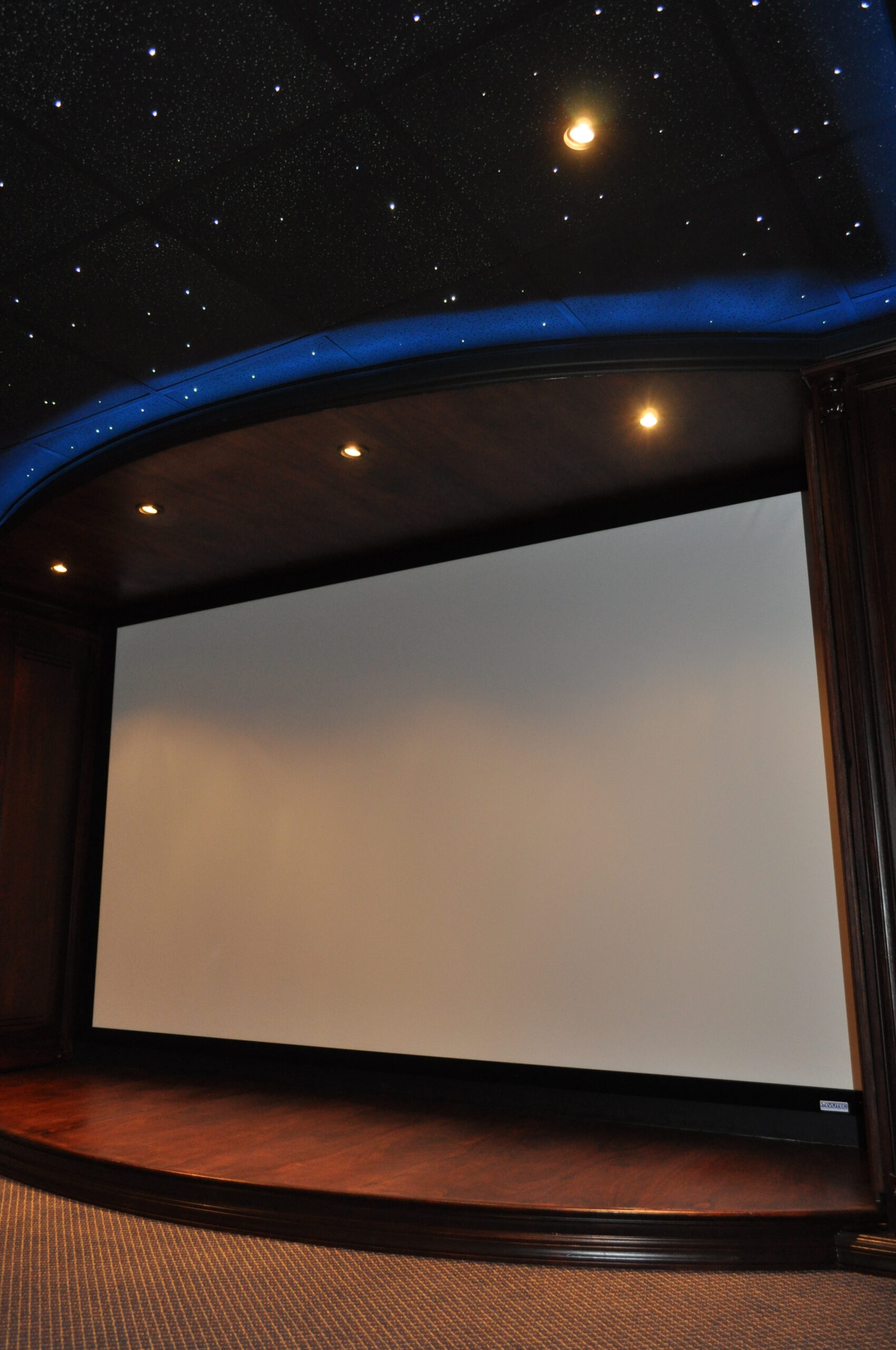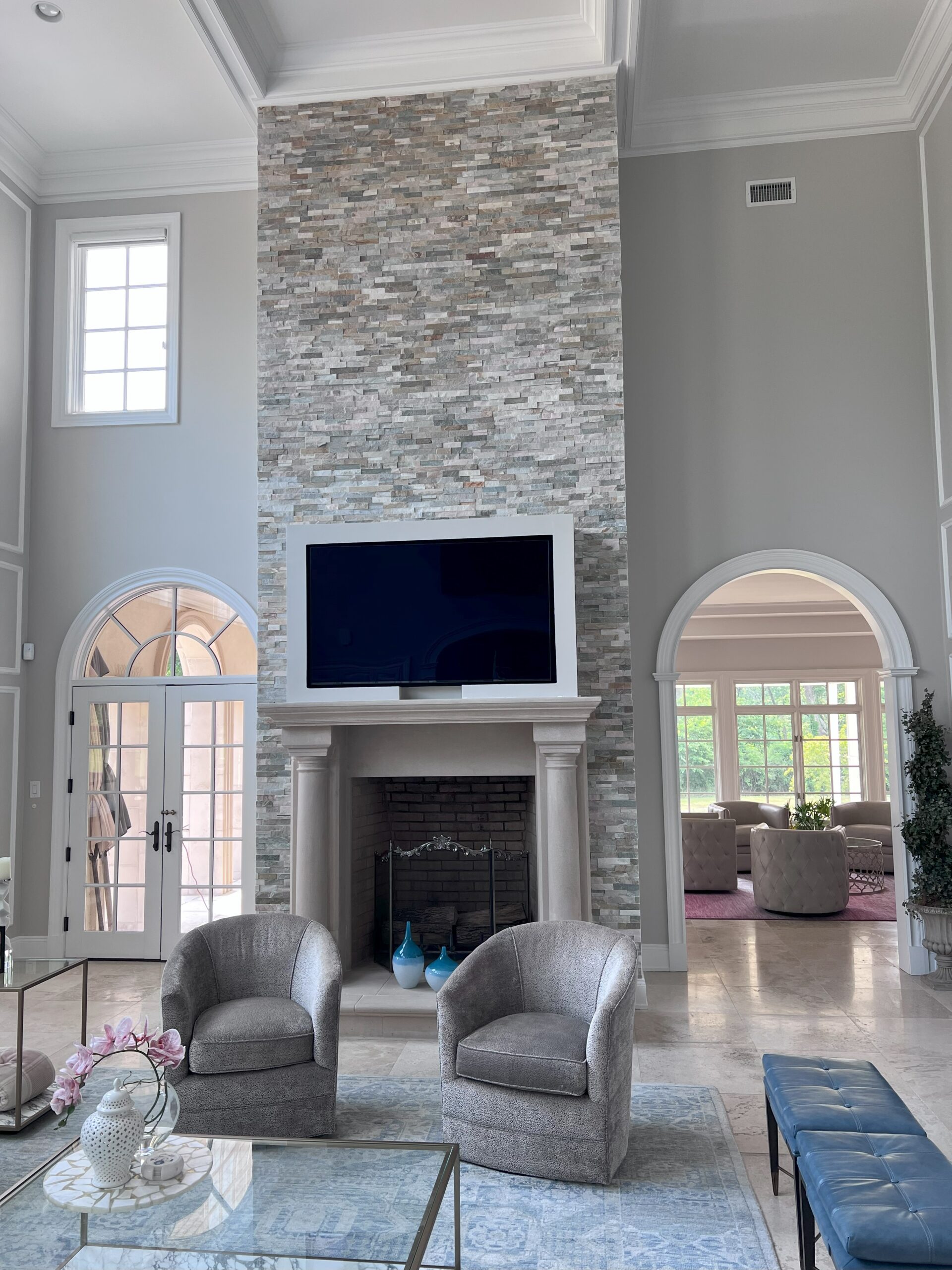

Portfolio Details
Date :
10 September 2022
Category :
Smart House
Client :
Pennsylvania Ave
Website :
Bahia Point.Com
Home Theater Installation
Building a home theater in your basement can be a fun and rewarding project. Here’s a step-by-step guide to help you get started:
-
Plan and design:
- Measure your basement space to determine the available area for your home theater.
- Consider factors like seating arrangement, screen size, speaker placement, and room layout.
- Decide on the theme, style, and budget for your home theater.
-
Acoustic treatment:
- Evaluate the acoustics of your basement and consider implementing acoustic treatment to enhance sound quality.
- Use materials like acoustic panels, bass traps, and diffusers to reduce echoes and sound reflections.
-
Electrical and wiring:
- Determine the power requirements for your equipment and install adequate electrical outlets.
- Plan and run speaker wires, HDMI cables, and any other necessary wiring behind walls or in cable conduits.
-
Lighting:
- Install dimmable lights to create the right ambiance in your home theater.
- Consider using LED lights or sconces along the walls for a theater-like feel.
-
Insulation and soundproofing:
- Ensure proper insulation to reduce sound transmission to other parts of the house.
- Use insulation materials like mass-loaded vinyl, acoustic foam, or soundproof drywall.
-
Wall and ceiling finishes:
- Choose appropriate finishes that contribute to both the aesthetics and sound quality of the room.
- Consider using acoustic fabric panels, textured wallpaper, or soundproof drywall.
-
Audio and video equipment:
- Select high-quality audio and video equipment based on your budget and preferences.
- Choose a large-screen TV or projector and screen combination for the visual experience.
- Install speakers strategically for optimal surround sound, including front speakers, rear speakers, and a subwoofer.
-
- Choose comfortable seating options such as recliners, sofas, or theater-style seating.
- Ensure that seating is arranged to provide a good viewing experience for everyone.
-
Sound calibration:
- Once the audio equipment is set up, calibrate and fine-tune the sound system using an audio calibration tool or professional assistance.
- Adjust speaker levels, distances, and audio settings to optimize the sound quality.
-
Decor and finishing touches:
- Add decorative elements to enhance the theater atmosphere, such as movie posters, wall art, or a popcorn machine.
- Install blackout curtains or blinds to control the amount of light entering the room during movie screenings.
-
Test and enjoy:
- Test all the equipment and configurations to ensure everything is functioning properly.
- Sit back, relax, and enjoy your new home theater!
Remember, building a home theater requires careful planning, and it’s always a good idea to consult professionals when dealing with electrical and audio/video installations to ensure safety and optimal performance.
Key Features
- Smart lighting
- Speakers and Amplifier
- Laser 4K Projector
- Projection Screen
- Smart Control System
- Theater Seating and Carpet




